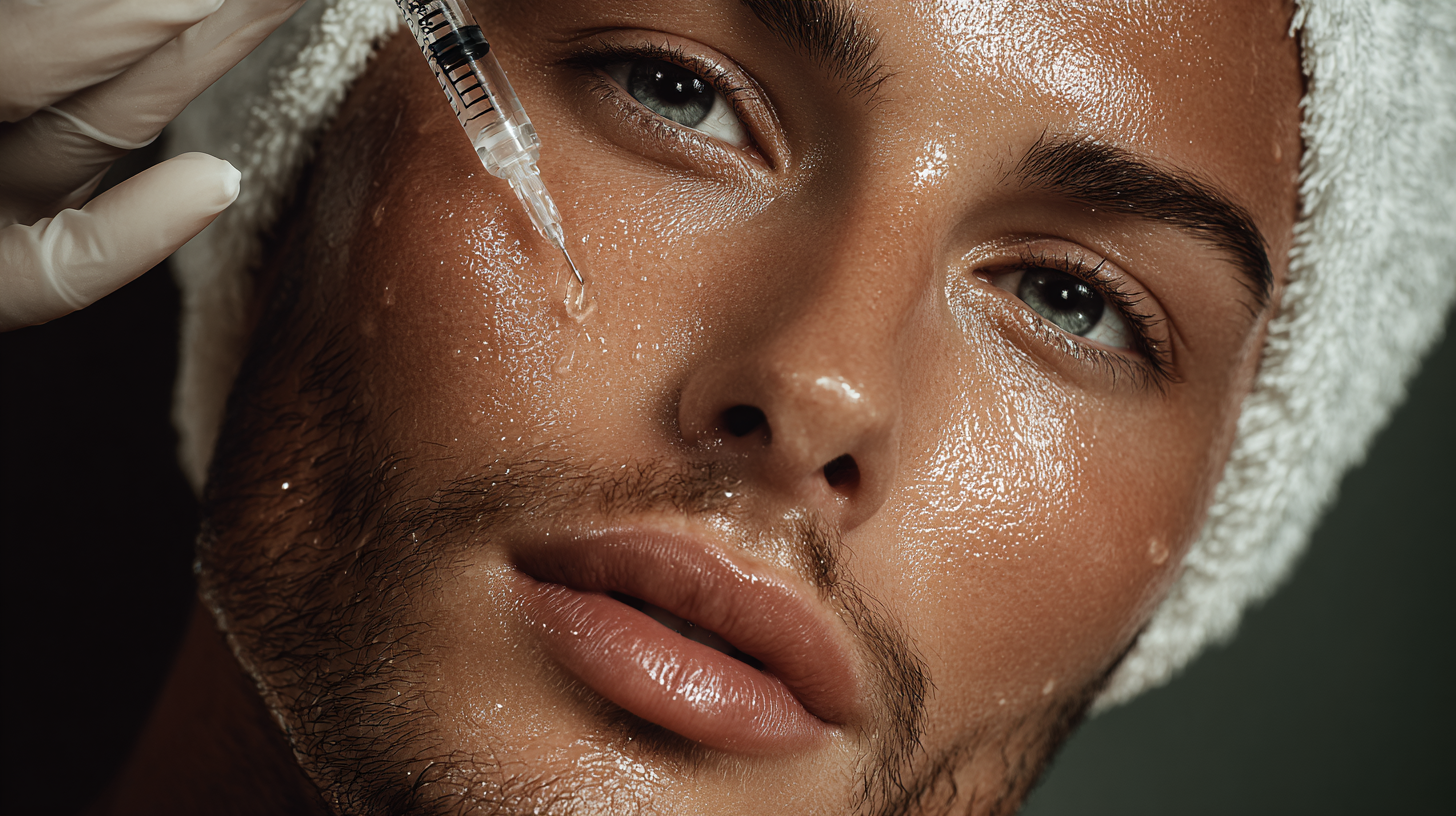Neurocosmetics: How Your Skincare is Communicating with Your Brain
Neurocosmetics - a new, trending buzz-term claim to marry skincare with neuroscience to enhance not only our appearance but also our mental well-being. The global neurocosmetics market was valued at USD 1.8 billion in 2023 and is projected to reach USD 4.1 billion by 2034. The growing demand is driven by the focus on anti-aging products and the increased awareness of clean beauty. Europe accounted for about 32% of the market share in 2023. We’ve long been saying that beauty is a form of self-care and therapy, but new research is showing this to be true, with brands like Gallinée saying that skincare can communicate with your brain - so how does this magic work?
Brain-Skin Axis
The brain-skin axis is a fundamental concept in neurocosmetics. This refers to the bidirectional communication between the brain and the skin, mediated by neuropeptides, neurotransmitters, and receptors present in the skin. The skin is not just a passive barrier but an active neuro-immuno-endocrine organ that can both send and receive signals to and from the brain.
Neuropeptides and neurotransmitters like Substance P and serotonin are crucial in this dialogue. These molecules are involved in inflammatory responses, pain perception, and the regulation of skin barrier functions. Skincare products that target these molecules can modulate these processes, potentially reducing inflammation and improving skin health. For example, acetyl hexapeptide-8, commonly known as Argireline, works by inhibiting neurotransmitter release that causes muscle contractions, thereby reducing the appearance of wrinkles.
Receptors in the skin, such as opioid and cannabinoid receptors, interact with neuroactive ingredients in skincare products. These interactions can influence skin sensitivity, inflammation, and even mood states. Ingredients like bisabolol and Centella Asiatica are renowned for their anti-inflammatory properties. Bisabolol, derived from chamomile, helps reduce redness and irritation, while Centella Asiatica aids in wound healing and inflammation reduction.
Mood-enhancing ingredients are another hallmark of neurocosmetics. Compounds such as copaiba oleoresin and frankincense extract interact with skin receptors to release beta-endorphins, which have a calming effect on the mind. Rhodiola rosea root extract is another notable ingredient, known for its ability to stimulate beta-endorphin production, thus reducing tension and improving mood.
Neurocosmetics v Psychbiotics
The research into the effects of topical skincare creating a neuro effect, is still a field that is developing. The connection between skincare and mental well-being is becoming more prominent, with neurocosmetic products offering benefits that go beyond the skin, however the neuro effect is most prominent in psychobiotics. Research on psychobiotics, a type of probiotic with effects on the brain and skin, supports the gut-brain-skin axis concept. These probiotics help regulate stress and improve skin health, demonstrating measurable effects on both the skin and mind within a few weeks.
“In our supplements like the new Gallinée Calm & Microbiome, we observed measurable effects on skin and mind in 4 weeks, which made me really proud” comments Gallinée Founder, Dr Marie Drago. “This is thanks to a new subset of probiotics called psychobiotics: they have a proven effect on the brain, can help regulate stress and also act on the skin. That's the beauty of the gut brain skin axis.
We also added asthaxanthin, a well known antioxidant, but lesser known powerful prebiotic, which has recently been proven in nutrition for its effect on stress and mental resilience, but also lowering of skin sensitivity. I think the future of neurocosmetics could well be in the gut.”
Scientific research plays a crucial role in advancing neurocosmetics. Neuroimaging techniques have demonstrated how certain scents and visual stimuli in cosmetics can activate specific brain regions associated with pleasure and reward, enhancing mood and well-being. Additionally, in vitro studies on human sensory neurons and keratinocytes have shown that neuroactive compounds can promote cell proliferation and protect against oxidative stress, key factors in maintaining healthy skin.
The holistic approach of neurocosmetics is gaining popularity because it addresses both physical appearance and emotional health. Feeling good about one's appearance can significantly boost self-esteem and overall mental health. This dual benefit is why neurocosmetic products are becoming increasingly favoured by consumers who seek more than just superficial improvements.
Moreover, understanding the neurological basis of how consumers perceive and react to beauty products allows companies to create more effective and satisfying skincare solutions. Products that appeal to innate preferences for symmetry, smooth textures, and pleasant scents can create a more engaging and rewarding experience for consumers, leading to enhanced consumer loyalty and satisfaction.
“I think the Gallinée range really brings something new thanks to the inside and out vision. The fact we can be both holistic and scientific, with proven results, is the way forward in beauty. At the moment you see a flurry of new neurocosmetics actives and products, but they're often tested in vitro as the effect on skin is often hard to see. Cosmetic actives need to penetrate the skin barrier to act, whereas it's a problem we don't have with the microbiome, as we act on the surface and your own bacteria do the deep work. I also really enjoy putting your microbiome to work for your benefit, in my mind it is the truly natural way of doing beauty” summarises Marie.
Neurocosmetics represent a sophisticated intersection of dermatology and neuroscience. It offers promising avenues for enhancing both skin health and mental well-being through targeted, scientifically-backed formulations. As research continues to evolve, the potential for new and innovative neurocosmetic products will likely expand, with ongoing research focused on discovering new neuroactive ingredients and understanding their mechanisms. This research aims to create more sophisticated and targeted formulations that not only improve skin health but also enhance mental and emotional well-being. As the science behind neurocosmetics advances, we can expect to see innovative products that harness the power of neuroscience to promote holistic beauty and wellness.











